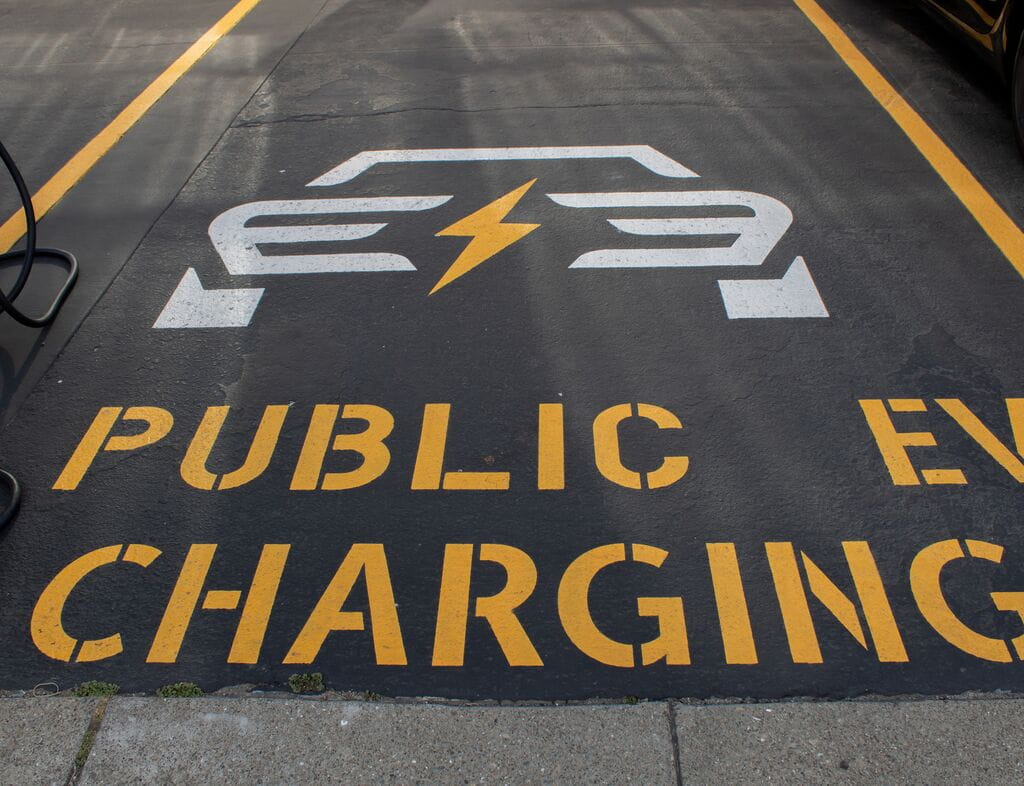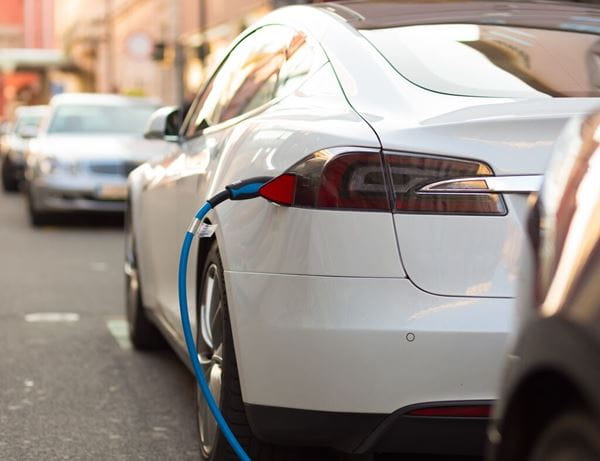
Getting Started: The Basics of Public EV Charging
The UK's electric vehicle (EV) charging networks have grown exponentially during the last decade, providing convenient opportunities to 'refuel' whenever you park up. Access is becoming easier all the time too.
Here we answer your most frequently asked questions around public charging.
Are there enough public charging points?
A widespread network of public electric car charging stations is vital. 40% of British drivers claimed insufficient charging infrastructure was a barrier stopping them from going electric, according to the latest LeasePlan Mobility Insights Report. [1]
However, the UK already has one of Europe's largest EV charging networks. There are 23,000 EV public charging stations at almost 15,000 locations, from the Shetlands down to the Channel Islands, according to data from Zap-Map [2]. With additional units being installed every day, gaps and bottlenecks are disappearing quickly.
How long does it take to charge an electric car?
That depends on the vehicle and type of charger you're using. Charging networks tend to be distributed according to the sort of stops drivers are making. There are essentially two types with broad coverage of both public EV charging points in the UK.
EV charging points at popular destinations
Destination chargers are typically found where vehicles stop for long periods, such as car parks in shopping centres, hotels and train stations. Most are 'slow' chargers. These restore between 15 and 30 miles of range per hour plugged in, so take several hours to fully charge the car.
Of course, the advantage is there's no need to wait - unlike a petrol or diesel car, EV drivers can top up their fuel while going off to do something else.
EV charging points alongside major routes
Rapid chargers enable longer journeys and provide much faster charging opportunities close to motorways and A roads. On average there are two rapid charge points at every motorway service area, which means drivers are never more than 25 miles away from a charging opportunity. [3]
Most will add around 100 miles of range during a half-hour rest stop. The UK also has a growing network of ultra-rapid EV charging points that are significantly faster. However, these are only compatible with a few of the latest models.
Will I be able to plug in? Aren't there loads of different connectors?
Not anymore. Almost all of the UK's public electric car charging stations use a Type 2 socket. The majority of plug-in hybrid and electric vehicles are supplied with a compatible cable.
Rapid chargers can vary, as there are three standards commonly used in the UK. The high-powered charging requires a much thicker cable, which has to be tethered to the unit itself. Most rapid charging stations have at least two of these cables, compatible with the most commonly used connectors. Some will have an additional Type 2 cable, providing faster AC charging for vehicles like the Renault Zoe.
How do I pay to charge an electric car?
Public EV charging stations have evolved as vehicles offer longer ranges. But the legacy of the original local schemes is a reputation for needing a glovebox full of membership cards when travelling any distance. However, this is no longer the case.
Most network operators now use apps that allow drivers to find and access EV charging points, pay for access using their smartphone, and avoid applying for a specific card. These will then log usage costs and produce a digital receipt for expenses claims.
Pay as you access is also becoming more common. The Department for Transport has required new rapid charging points installed since Spring 2020 to offer ad-hoc access using a contactless credit or debit card [5]. InstaVolt network has always offered contactless payment [6], while bp pulse (formerly BP Chargemaster) has retrofitted most of its rapid chargers to offer the same functionality. [7]
How much does it cost to charge an electric car?
As with traditional fuels, convenience costs extra. Some destination chargers offer free EV charging for customers of their businesses, whereas the fastest ultra-rapid EV charging points can cost around 69p per kilowatt-hour of energy supplied [4]. Cheaper rates are usually available with a paid-for membership, suited to high-frequency users.
Where can I find local charging points?
It makes sense to plan ahead. Zap-Map provides a comprehensive public EV charging map of the UK's charging networks. You can filter by operator, connector and speed, or according to the vehicle you're driving. This also allows you to flag up faulty charge points and add information about accessibility or parking costs.
This can be accessed here: https://www.zap-map.com/live/
References:
[1] LeasePlan Mobility Insights Report. (2021). [online]. Available at: https://www.leaseplan.com/corporate/~/media/Files/L/Leaseplan/documents/news-articles/2021/report-mir-evs-and-sustainability.pdf/ [Accessed 31 Mar. 2021].
[2] Zap-Map (2021). How many charge points are there in the UK 2020. [online] Zap-Map. Available at: https://www.zap-map.com/statistics/ [Accessed 31 Mar. 2021].
[3] Department for Transport. (2020). Government vision for the rapid chargepoint network in England. [online] Available at: https://www.gov.uk/government/publications/government-vision-for-the-rapid-chargepoint-network-in-england/government-vision-for-the-rapid-chargepoint-network-in-england. [Accessed 31 Mar. 2021].
[4] Ionity. (2020). How much does it cost to charge at IONITY? [online] Available at: https://support.ionity.eu/en/general-questions/how-much-does-it-cost-to-charge-at-ionity. [Accessed 31 Mar. 2021].
[5] Department for Transport. (2019). All new rapid chargepoints should offer card payment by 2020. [online] Available at: https://www.gov.uk/government/news/all-new-rapid-chargepoints-should-offer-card-payment-by-2020 [Accessed 31 Mar. 2021].
[6] InstaVolt. (2020). UK EV Drivers [online] Available at: https://instavolt.co.uk/for-drivers/ [Accessed 31 Mar. 2021].
[7] BP Pulse. (n.d.). Polar Network Pricing. [online] Available at: https://network.bppulse.co.uk/pricing/ [Accessed 31 Mar. 2021].

.jpg?rev=3adbd558867c4d92bf9f22752f12a09c&mw=600)

